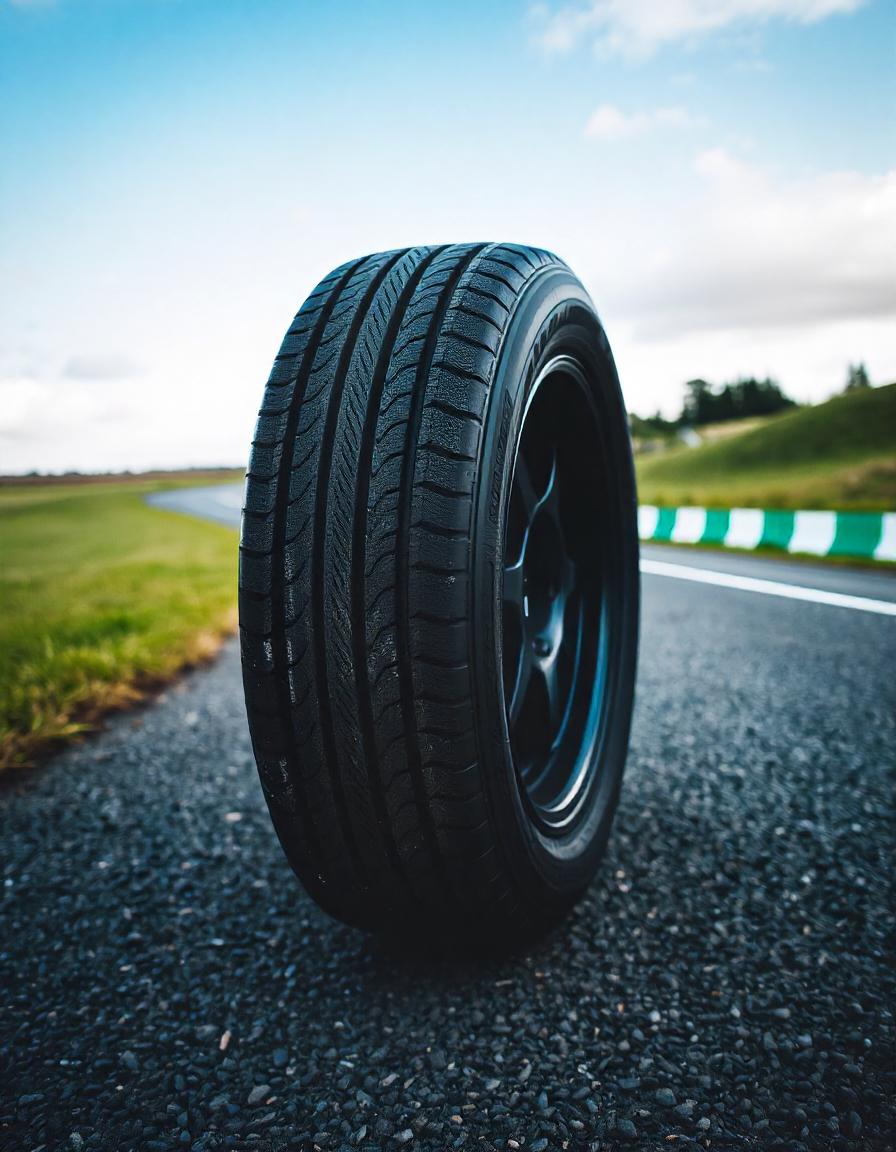
Introduction
Your vehicle’s tyres are the foundation of a safe and smooth drive. While most drivers check their fuel levels and engine health regularly, tyre pressure is often overlooked. However, improper tyre pressure can lead to safety hazards, reduced fuel efficiency, and increased wear and tear.
At Regrip (@regrip.in), we emphasize the importance of regular tyre pressure checks. Under-inflated or over-inflated tyres can impact handling, braking, and even fuel consumption. Ignoring tyre pressure issues can lead to costly repairs or, worse, dangerous road incidents.
To help you stay safe on the road, here are five signs your tyres need an immediate pressure inspection.
1 Uneven or Rapid Tyre Wear
What to Look For?
- Excessive wear in the center of the tread (indicating over-inflation).
- More wear on the edges of the tyre (indicating under-inflation).
- Patches of uneven wear, which can signal inconsistent tyre pressure.
Why It Happens
When your tyres are over-inflated, the middle portion of the tyre bears most of the load, causing rapid wear. On the other hand, under-inflated tyres put pressure on the outer edges, leading to premature damage.
What to Do?
👉 Inspect your tyres regularly for signs of wear.
👉 Check tyre pressure at least once a month and before long drives.
👉 Rotate your tyres every 8,000–10,000 km to promote even wear
2 Reduced Fuel Efficiency
What to Look For?
- Sudden drops in mileage despite no changes in driving habits.
- More frequent visits to the fuel station than usual.
Why It Happens
Low tyre pressure increases rolling resistance, meaning the engine has to work harder to move the vehicle forward. This leads to higher fuel consumption and unnecessary expenses.
What to Do?
👉 Maintain the manufacturer-recommended tyre pressure for optimal fuel efficiency.
👉 Keep an eye on your vehicle’s fuel consumption trends.
👉 If you notice unusual fuel consumption, check tyre pressure immediately.
-
Difficulty in Steering and Handling
What to Look For?
- Heavy or stiff steering, especially at lower speeds.
- The car pulling to one side while driving.
- A spongy or unresponsive feel in the steering wheel.
Why It Happens
Tyres with incorrect pressure levels reduce traction and responsiveness, making steering difficult. Under-inflated tyres make the steering feel sluggish, while over-inflated tyres decrease grip, making the vehicle harder to control.
What to Do?
👉 If your steering feels off, pull over safely and inspect your tyres.
👉 Use a digital or manual tyre pressure gauge to check each tyre.
👉 Adjust the pressure according to the manufacturer’s recommendations.
-
Warning Light on the Dashboard (TPMS Alert)
What to Look For?
- A tyre pressure warning light on your dashboard.
- Sudden alerts, especially after weather changes.
Why It Happens
Most modern vehicles are equipped with a Tyre Pressure Monitoring System (TPMS) that alerts you when the pressure drops significantly. A warning light usually indicates that at least one tyre has low pressure.
What to Do?
👉 Don’t ignore the TPMS warning—inspect your tyres immediately.
👉 Inflate the tyre(s) to the correct PSI level.
👉 If the warning persists, visit a professional tyre service for further inspection.
-
A Rough or Bumpy Ride
What to Look For?
- An unusually bumpy ride, even on smooth roads.
- Excessive vibrations in the steering wheel or through the car body.
Why It Happens
- Under-inflated tyres absorb too much shock, making the ride feel sluggish and unstable.
- Over-inflated tyres make the car overly rigid, causing excessive vibrations.
- Inconsistent tyre pressure can throw off the wheel balance, leading to an uncomfortable ride.
What to Do?
👉 If you notice an unusual ride quality, check tyre pressure immediately.
👉 If the problem persists, have your tyres balanced and aligned by a professional.
How to Check and Maintain Proper Tyre Pressure
- Find the Recommended Pressure
- Check the driver’s side door frame, the owner’s manual, or the fuel cap for the correct PSI levels.
- Most cars require 30-35 PSI, but always verify based on your vehicle model.
- Use a Reliable Tyre Pressure Gauge
- Digital and manual pressure gauges provide accurate readings.
- Don’t rely on a visual inspection—a tyre may look fine but still be under-inflated.
- Check Tyre Pressure When Cold
- Tyre pressure increases when driving due to heat buildup.
- For accurate readings, check pressure in the morning or after the car has been parked for several hours.
- Inflate or Deflate as Needed
- If pressure is low, add air until it reaches the recommended PSI.
- If pressure is too high, release air slowly to adjust it.
- Inspect for Damage
- Look for cracks, punctures, or bulges in your tyres.
- If a tyre loses air frequently, it may have a slow puncture or sidewall damage—get it checked immediately.
Final Thoughts: Don’t Ignore Tyre Pressure Issues!
Tyre pressure is one of the simplest yet most crucial aspects of vehicle maintenance. Ignoring the warning signs can lead to poor performance, higher costs, and increased safety risks.
By staying proactive and checking your tyre pressure regularly, you can:
✔ Improve safety on the road.
✔ Enhance fuel efficiency and save money.
✔ Increase the lifespan of your tyres.
At Regrip (@regrip.in), we’re committed to providing you with the best tyre solutions to ensure a smooth and safe driving experience. If you’re unsure about your tyre condition, visit Regrip.in for expert advice, tyre checks, and top-quality replacements.
🚗Drive smart. Stay safe. Check your tyres today!🚗







